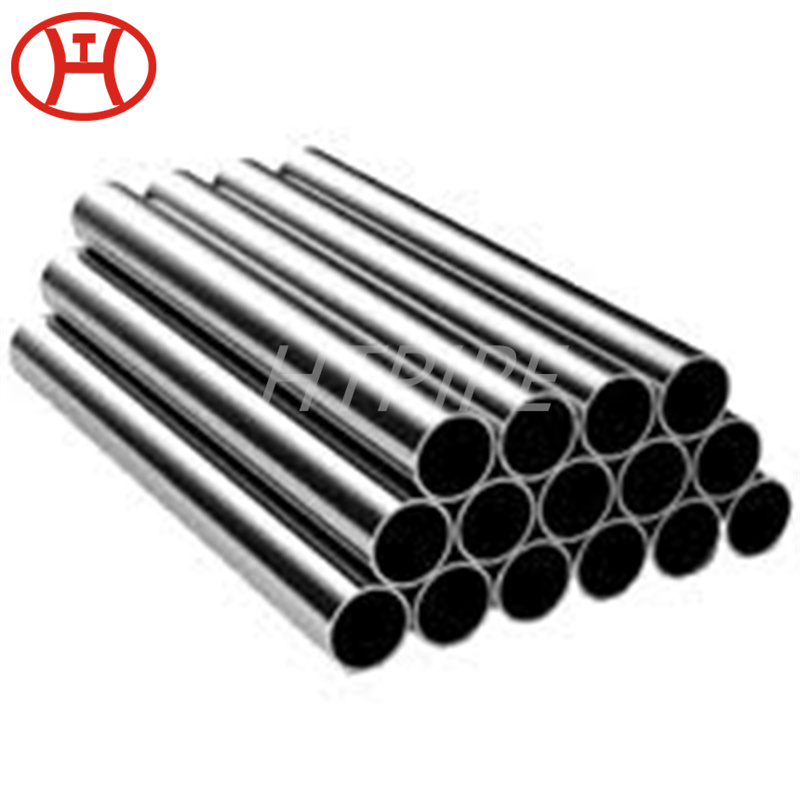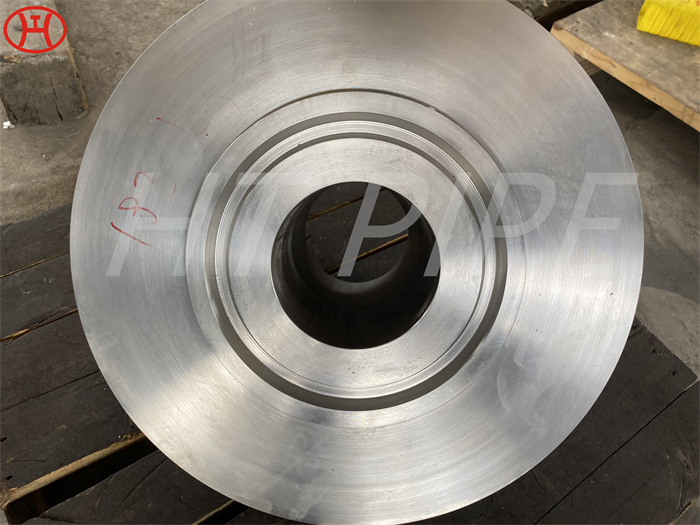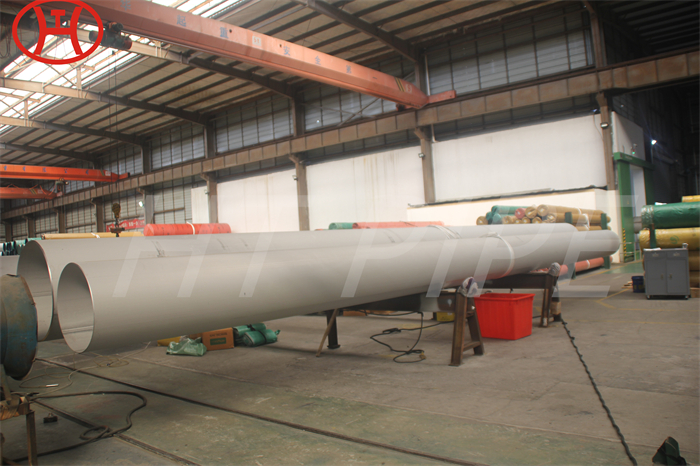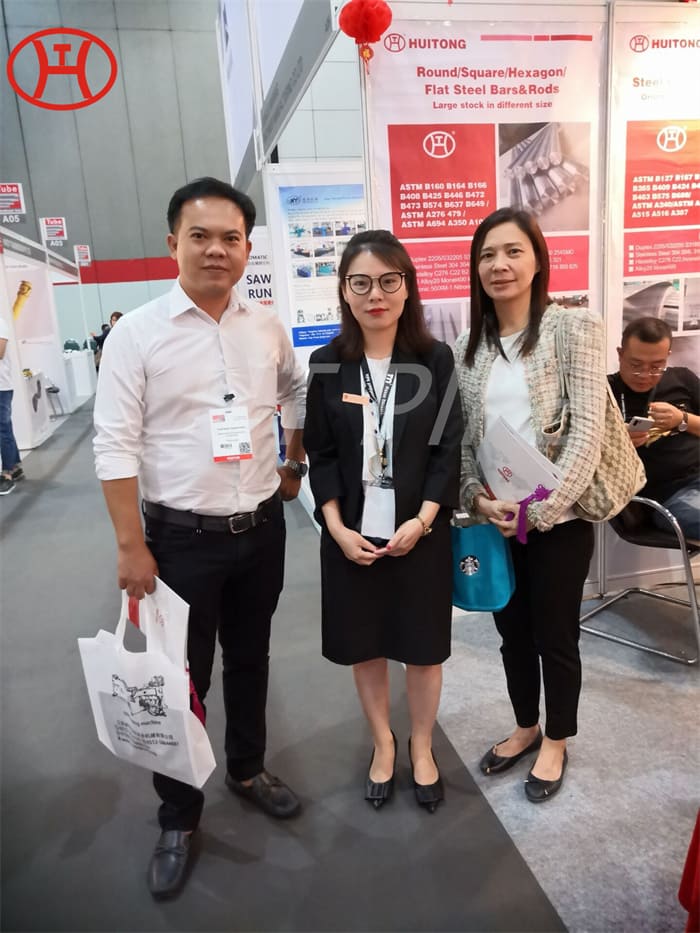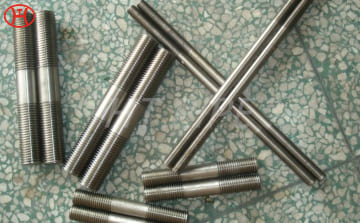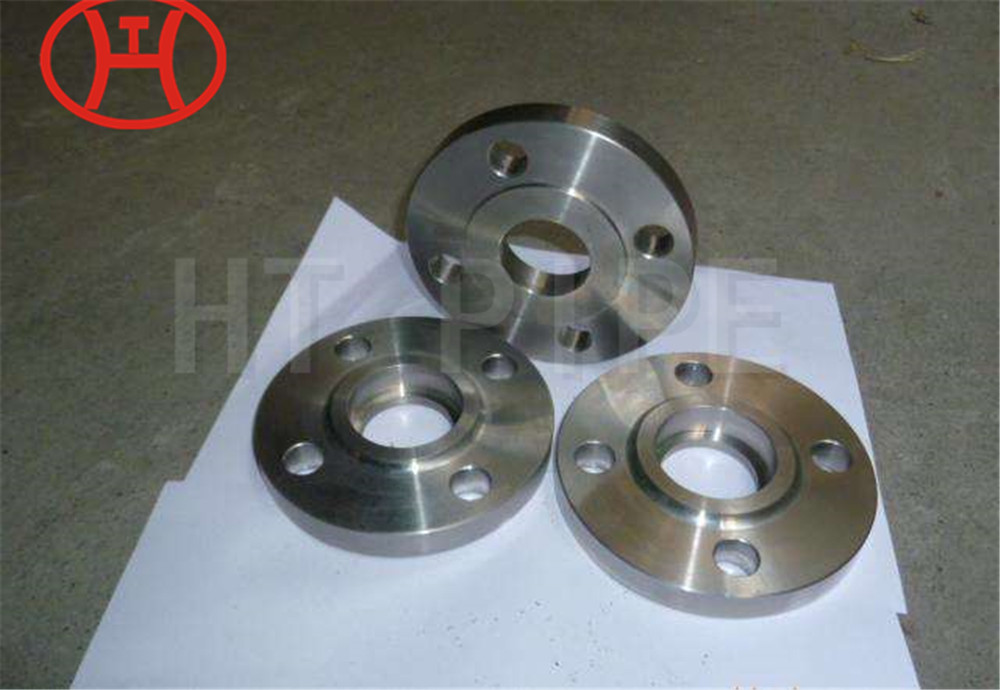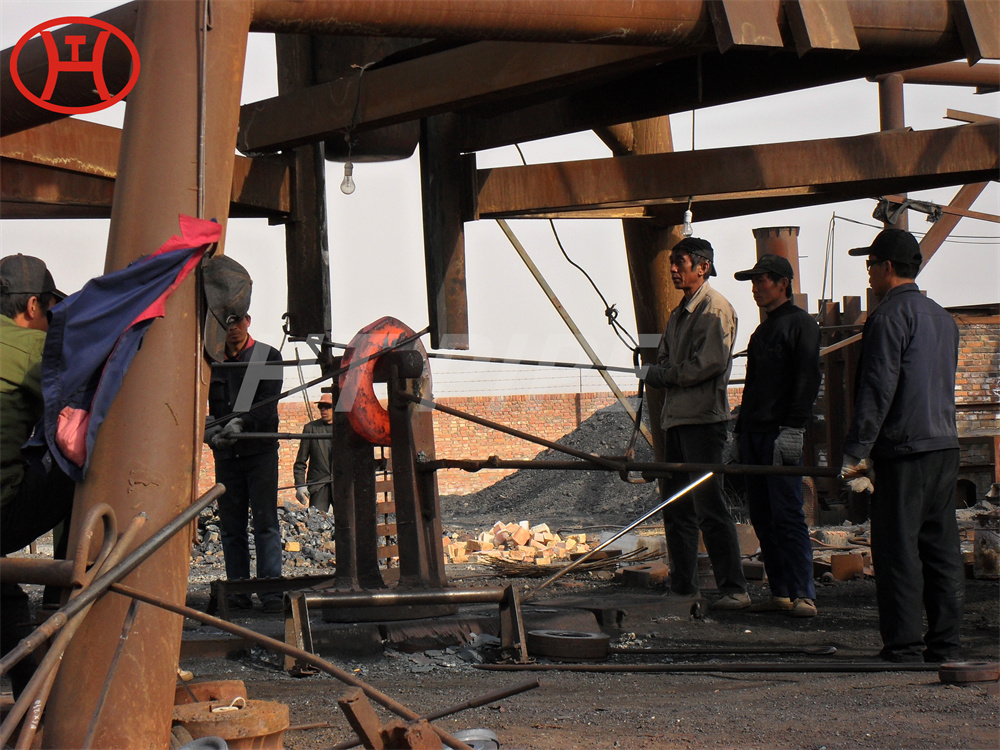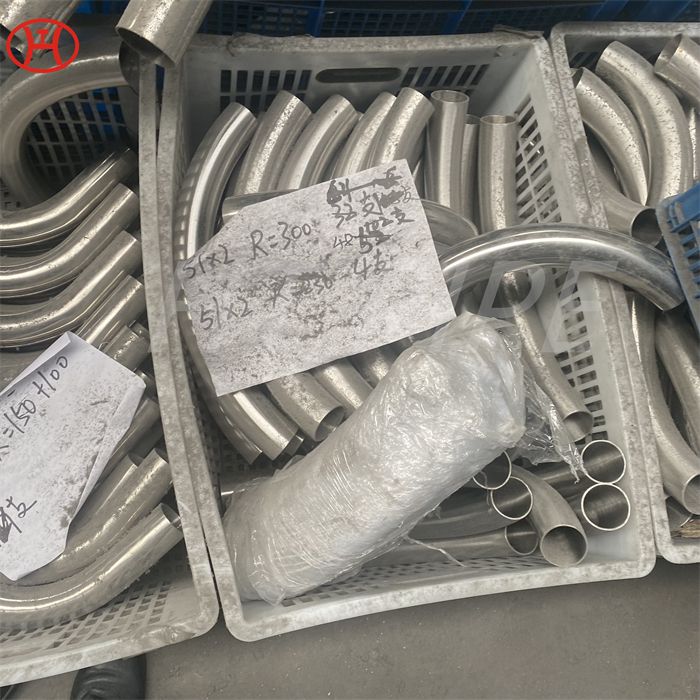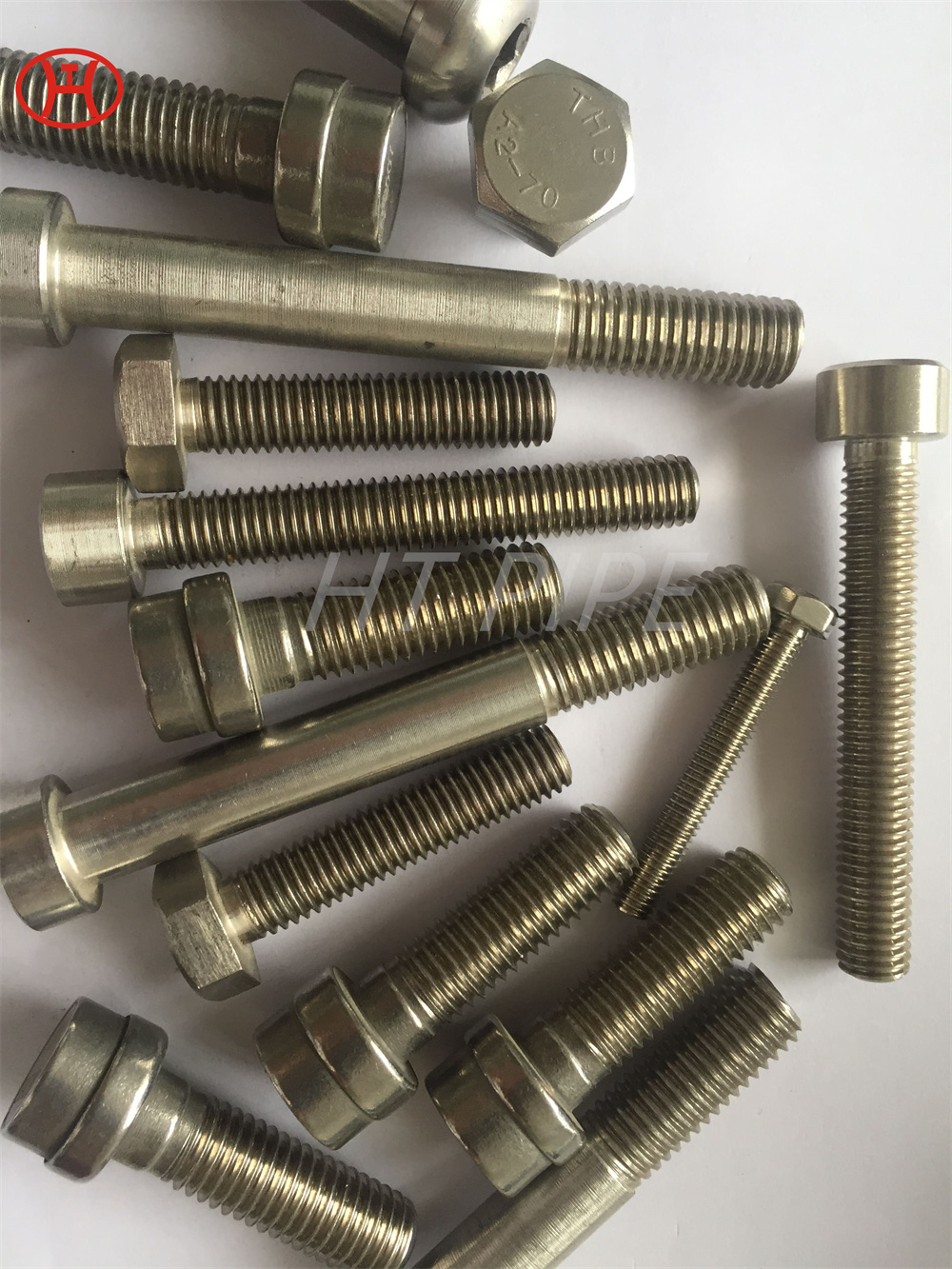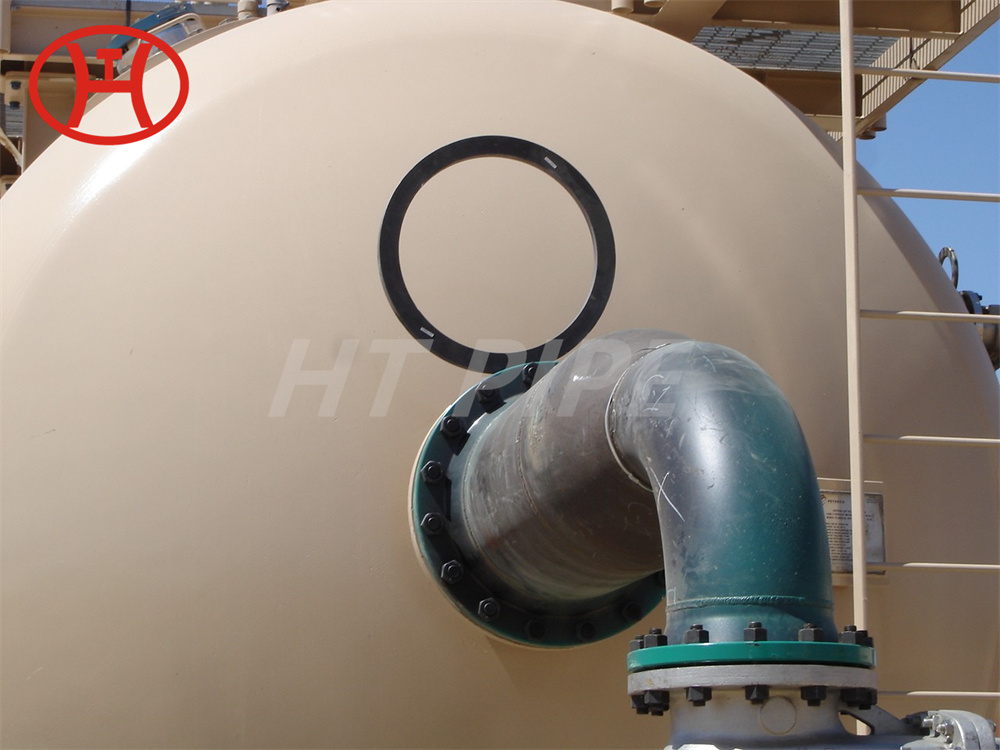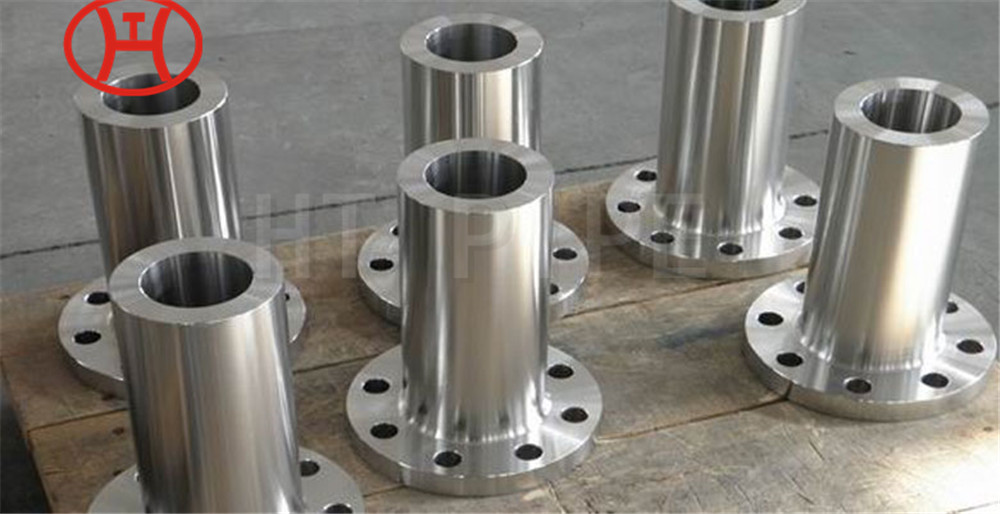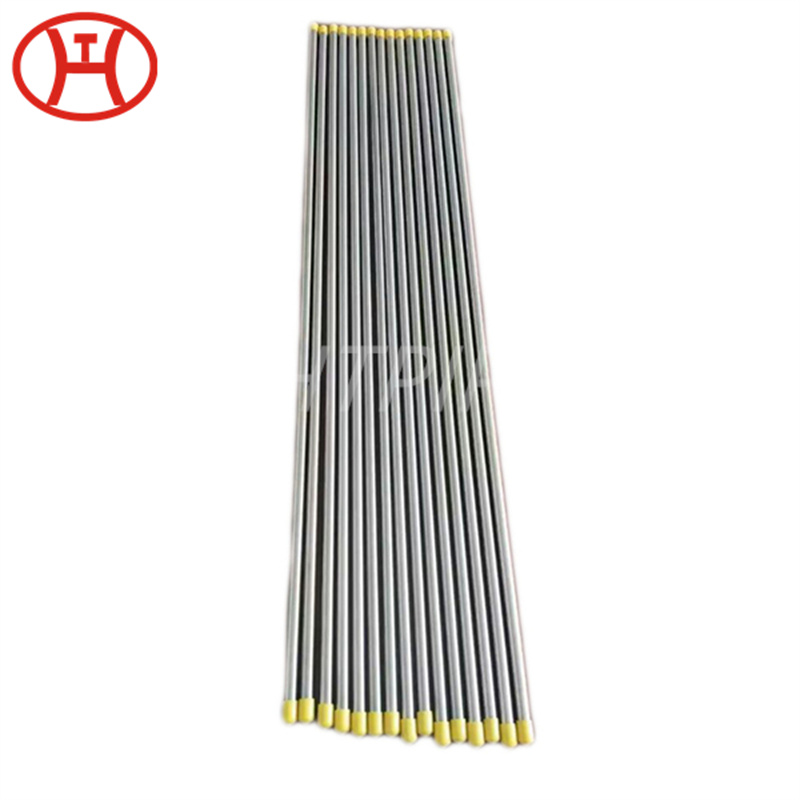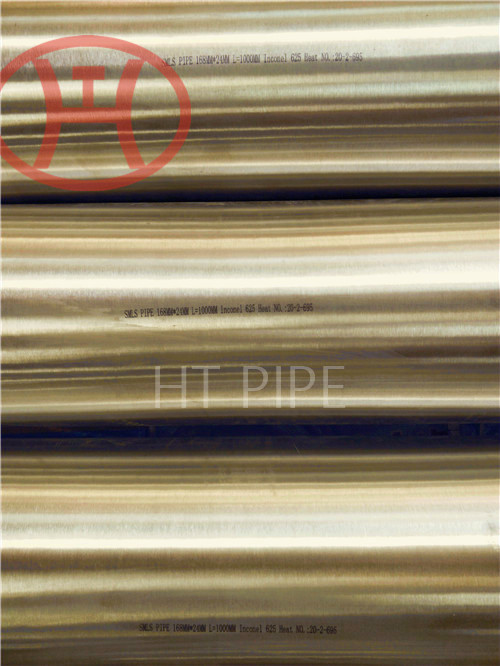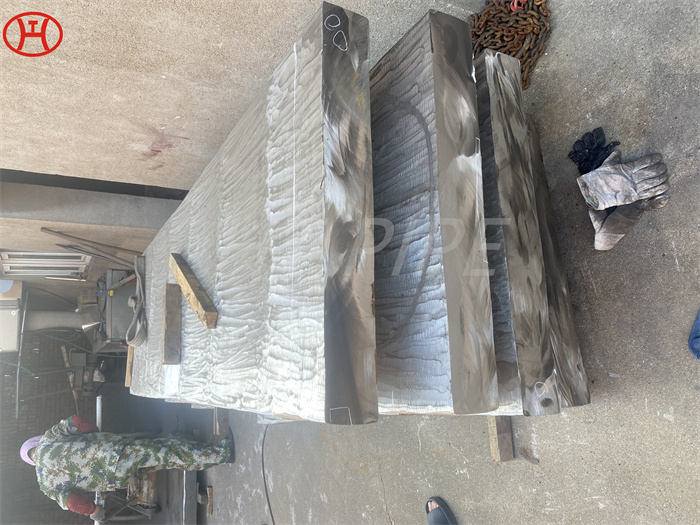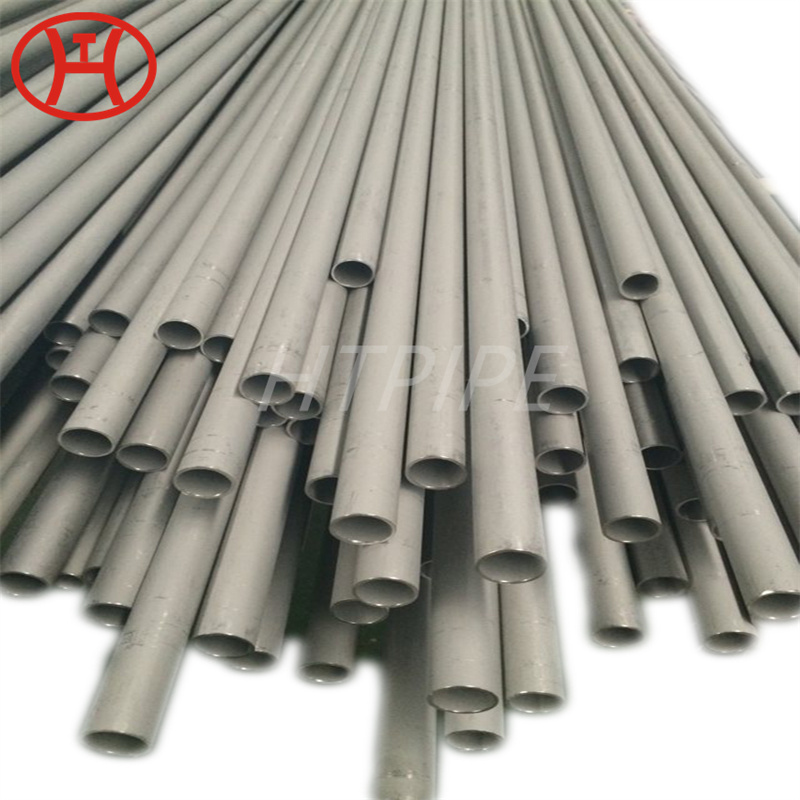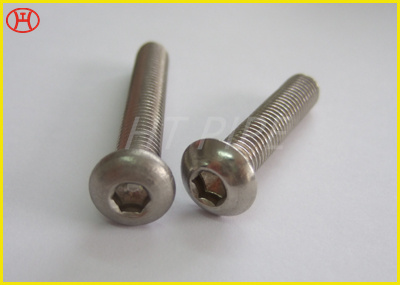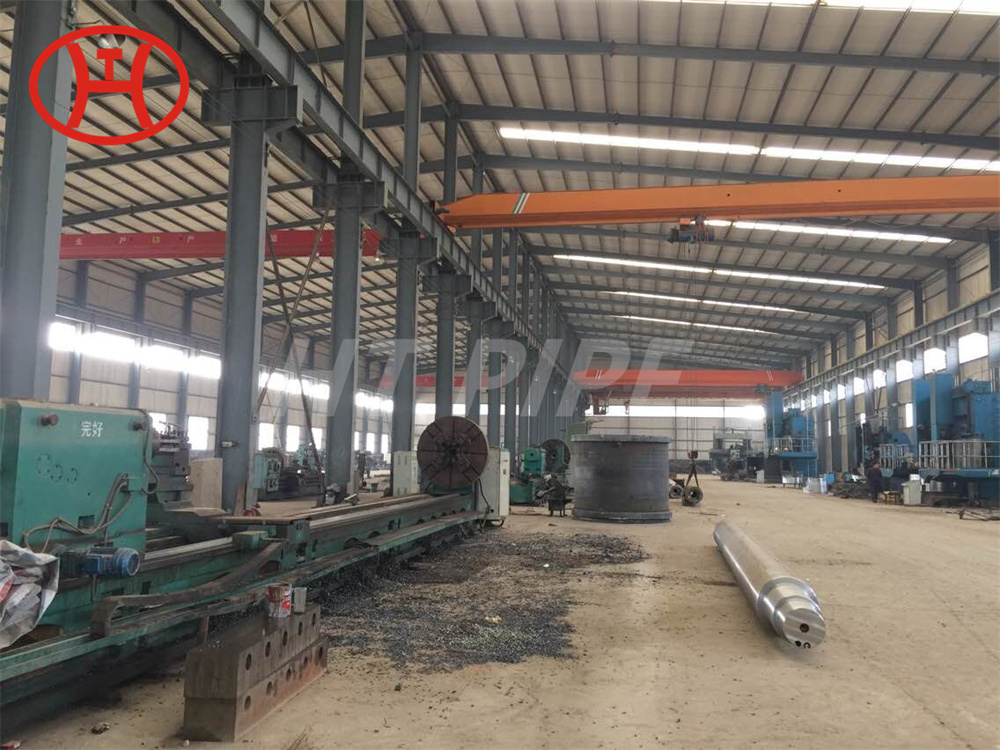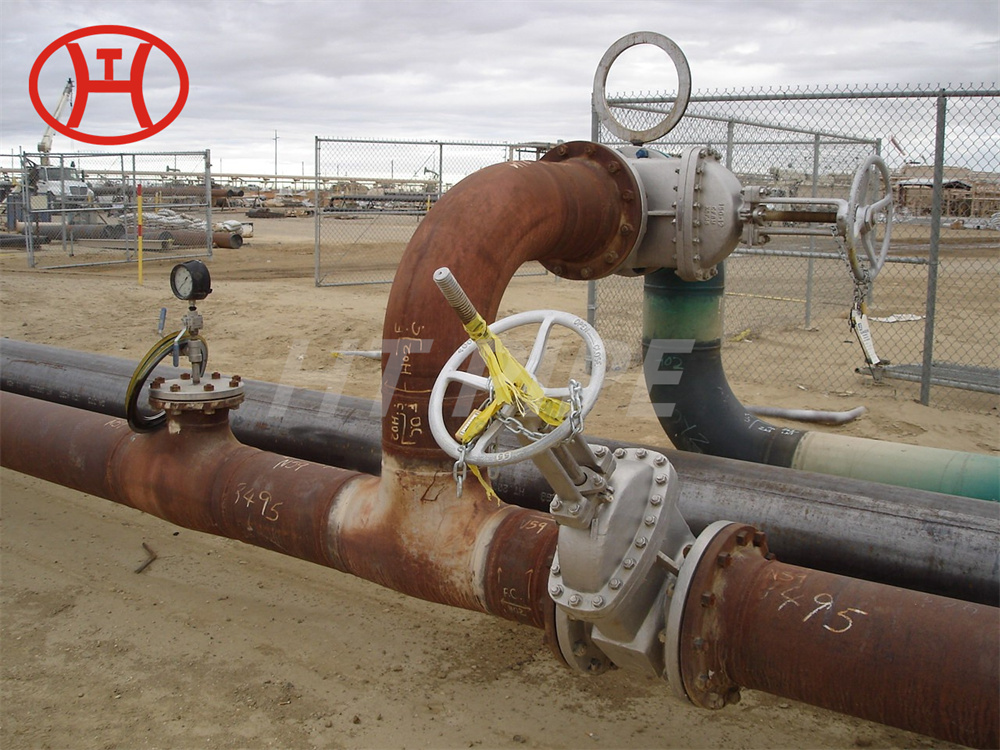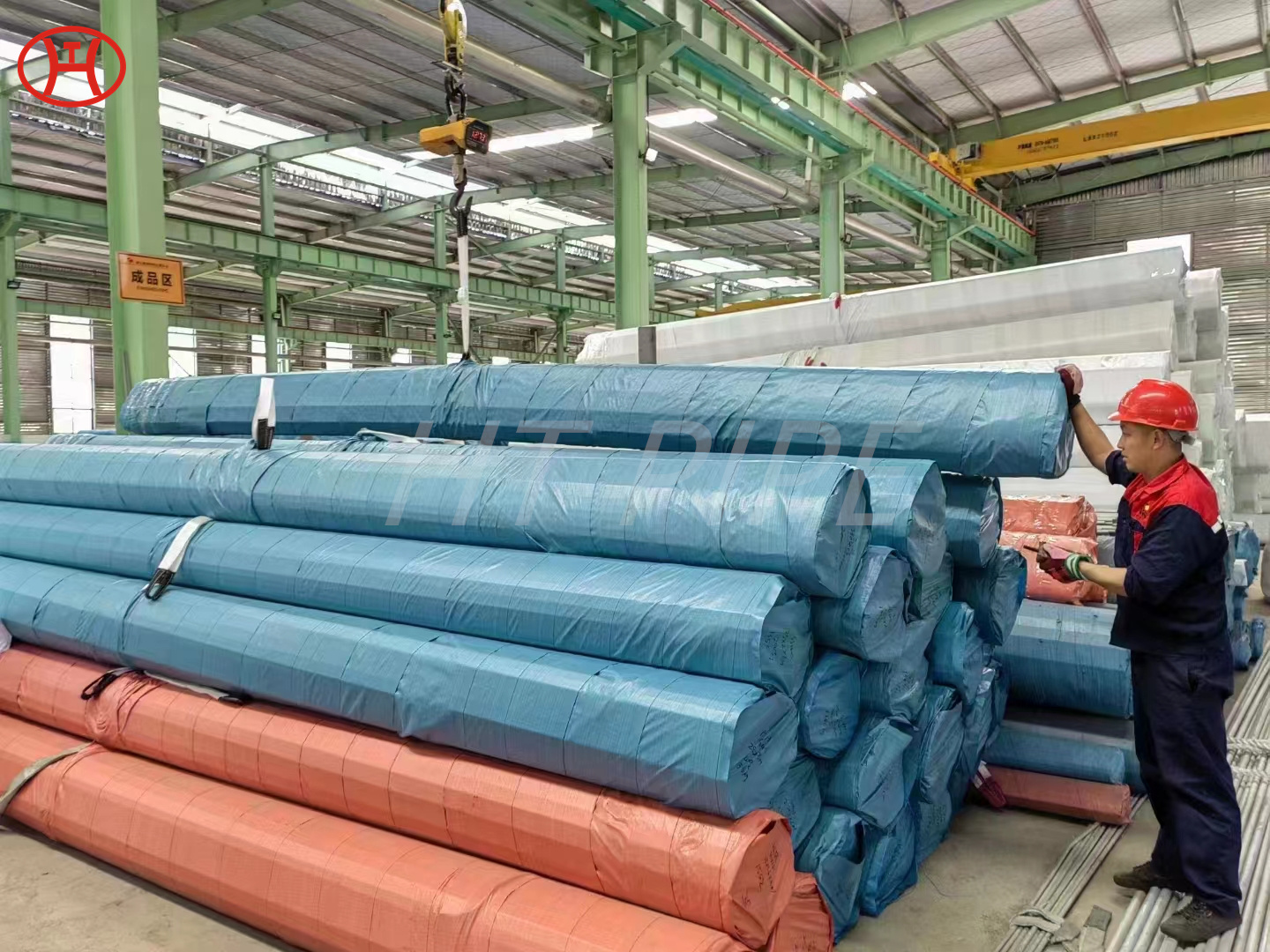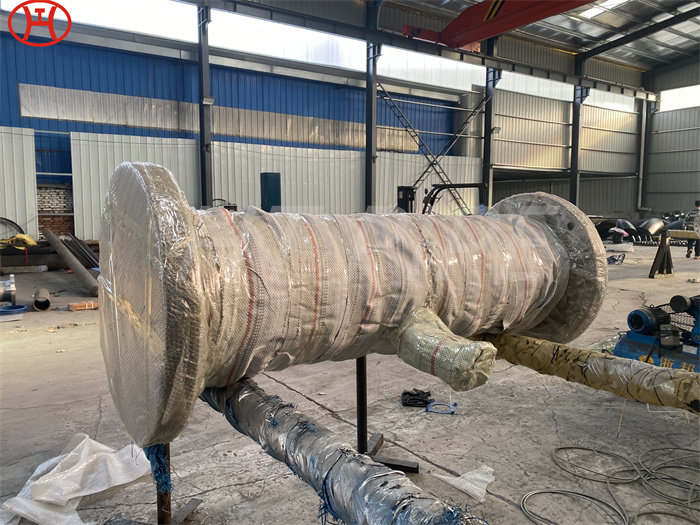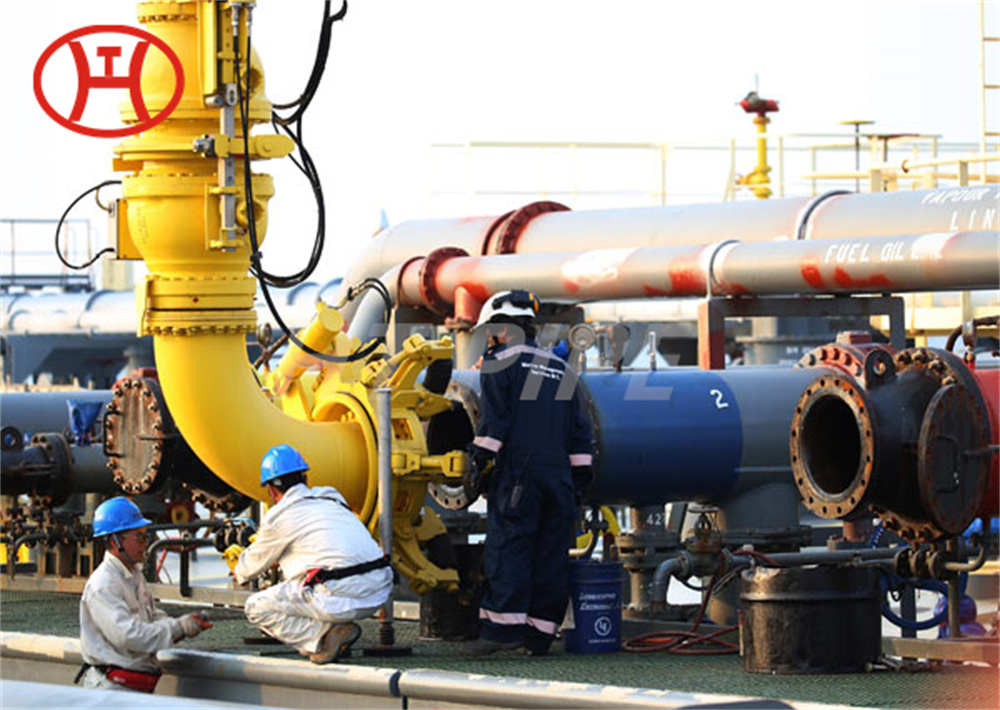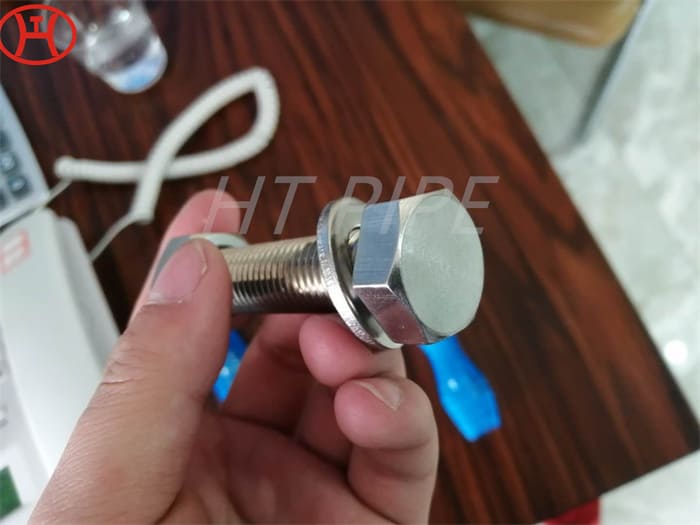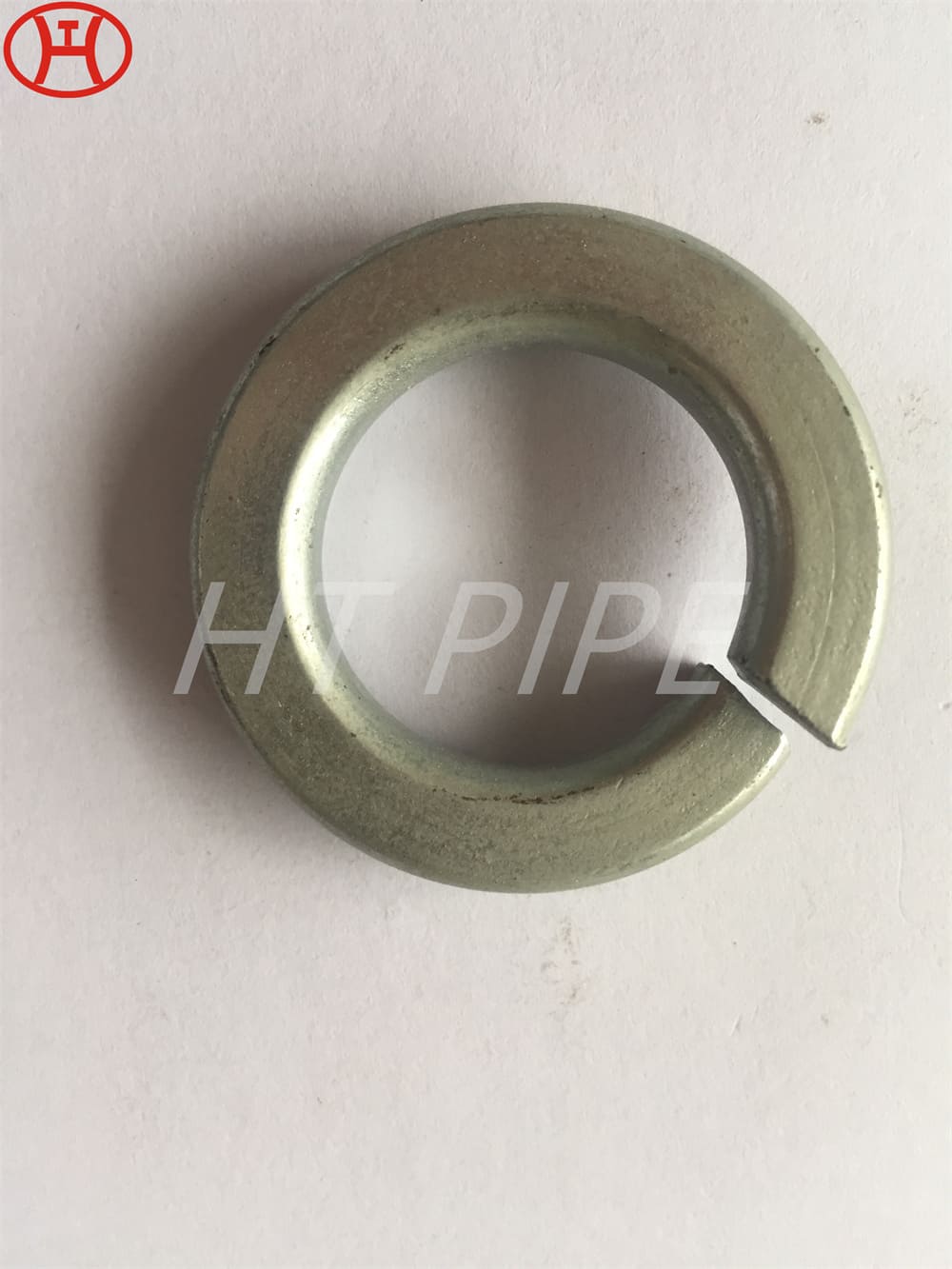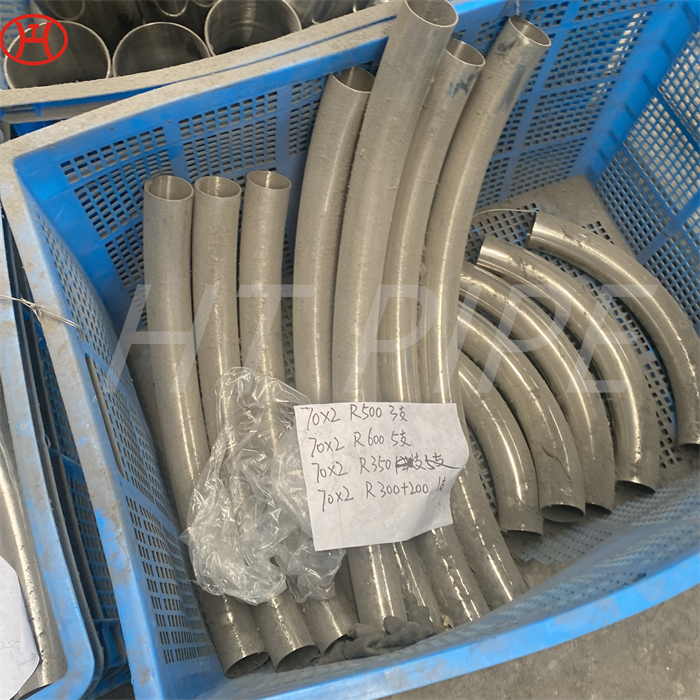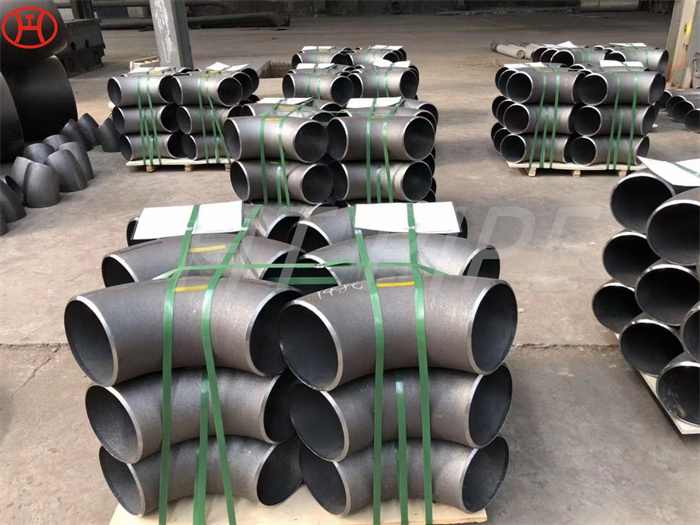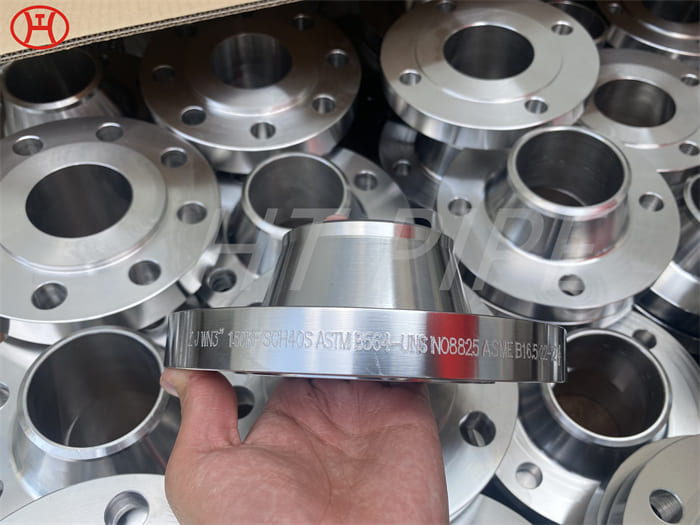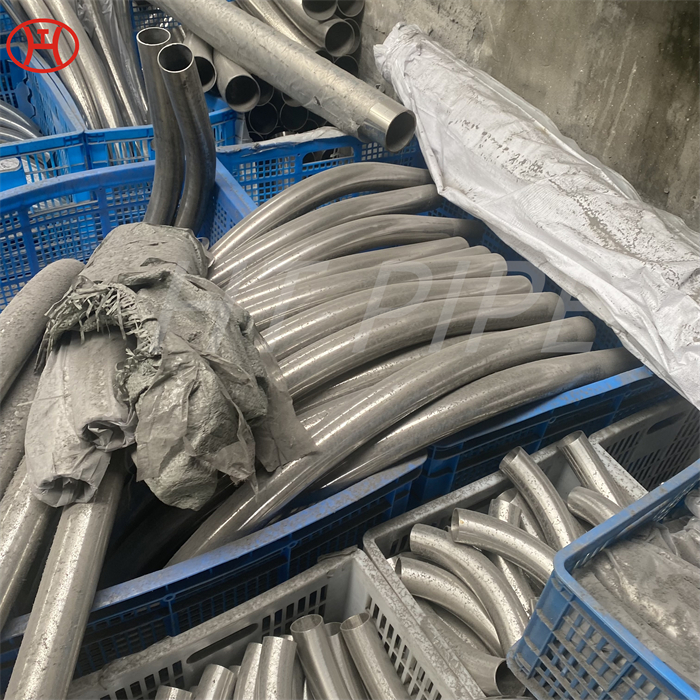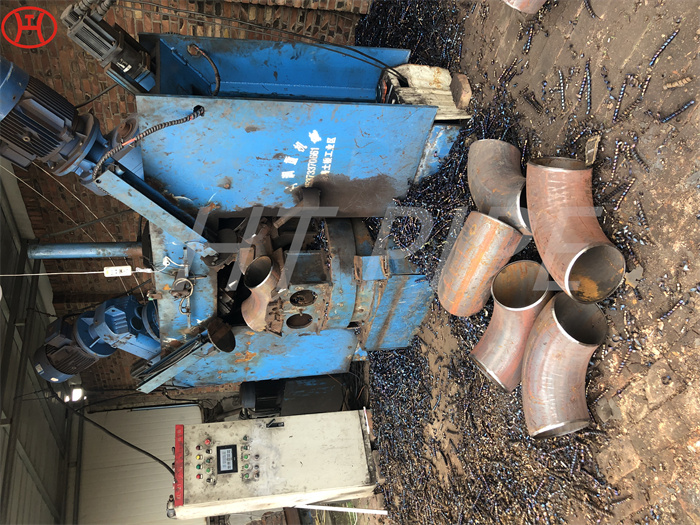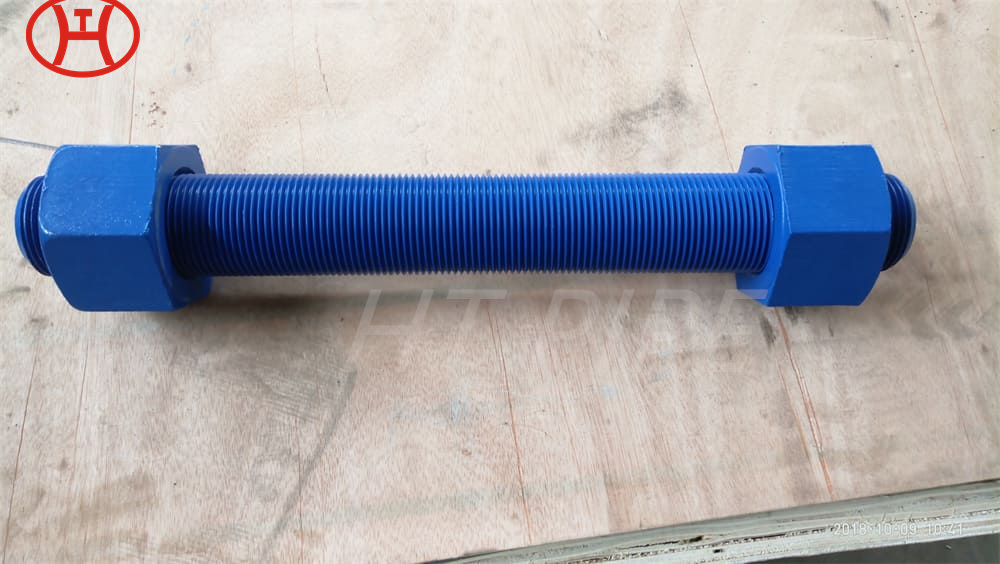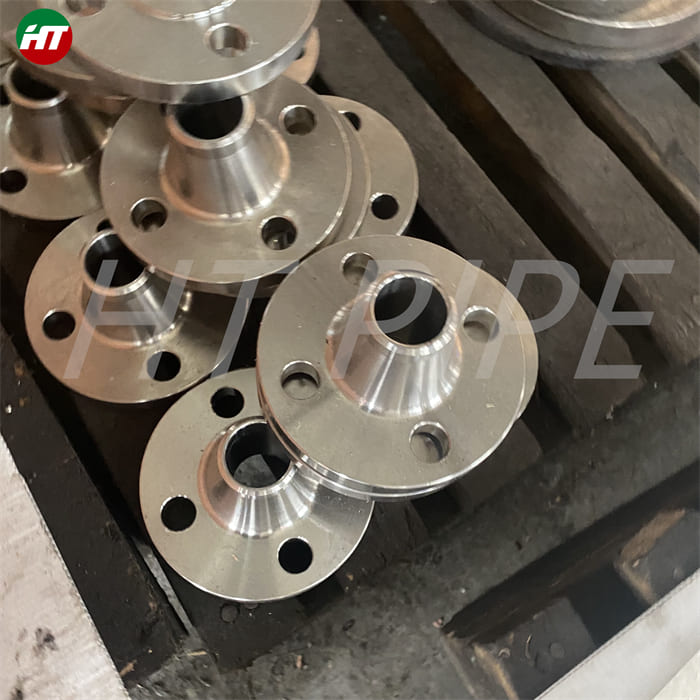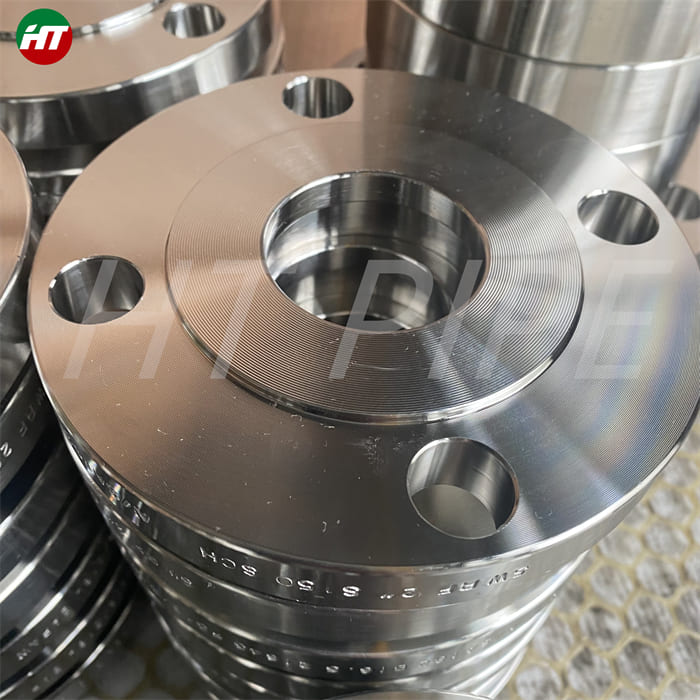hastelloy B2 steel pipe tube N10665 SMLS
Hastelloy B2 is a nickel base wrought alloy with excellent resistance to hydrochloric acid at all concentrations and temperatures.
Applications
Superior resistance to hydrochloric acid, aluminum chloride catalysts and other strongly reducing chemicals. Excellent high temperature strength in inert and vacuum atmospheres.
Hastelloy B2 is a nickel molybdenum alloy particularly suited for equipment handling reducing chemical environments .
Applications in the chemical process industry involving sulfuric, phosphoric, hydrochloric and acetic acid. Temperature uses vary from ambient temperature to 1500°F depending on the environments (please call for technical advice).
Formability
Hastelloy B2 does work harden, but can be formed when the proper precautions are taken. Sheet (0.063″ thick) in the heat treated condition at 1950°F and rapid quenched has an average olsen cup depth of 0.57″ or 14.5mm.
Welding
Hastelloy B2 resists the formation of grain boundary carbide precipitates in the weld heat affected zone, making it suitable for most chemical process applications in the as welded condition. The heat affected weld zones have reduced precipitation of carbides and other phases to ensure uniform corrosion resistance.









































































































